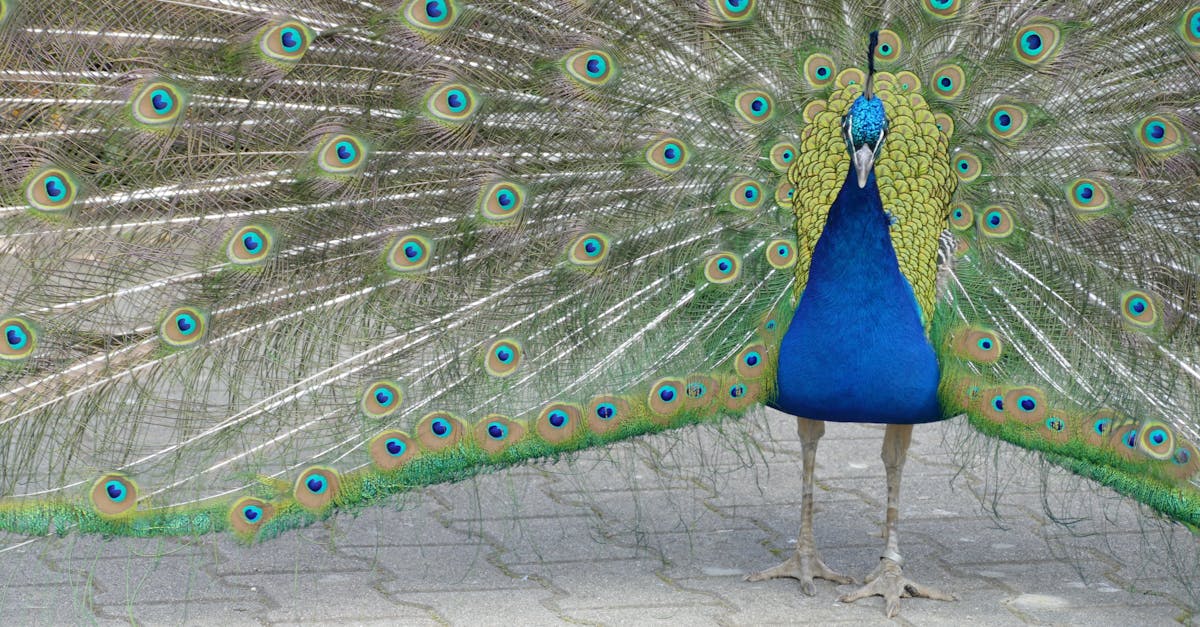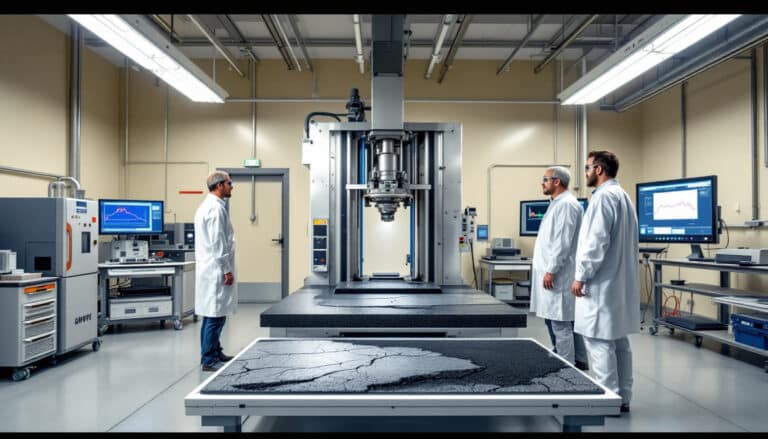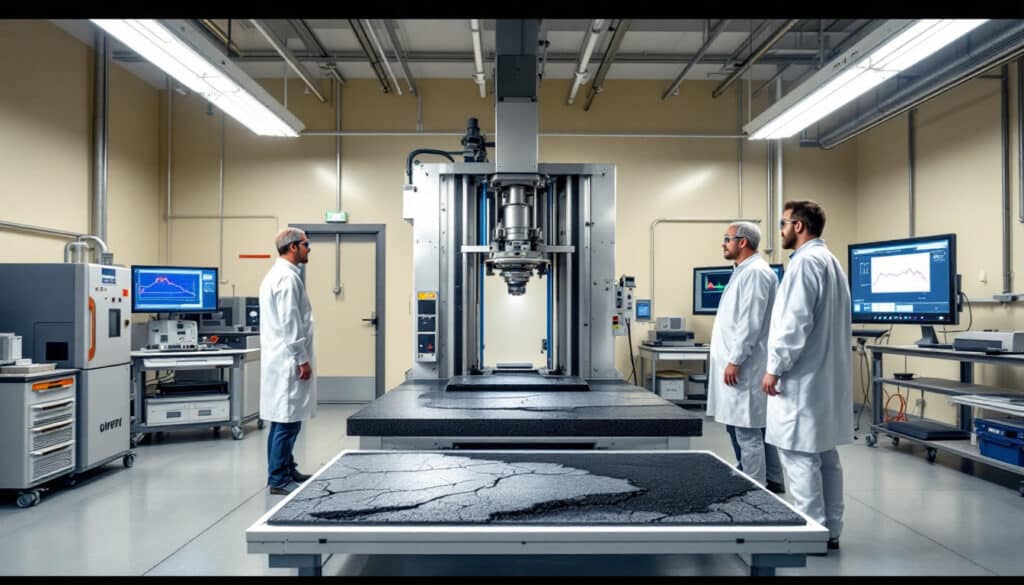3D printing is experiencing an unprecedented revolution thanks to a bio-inspired method, which draws inspiration from nature and is developing at a breakneck speed, similar to that of bamboo. This innovative approach allows for the creation of unprecedented structures, utilizing designs that mimic the growth mechanisms of living organisms. By integrating biomimicry into the manufacturing process, engineers are redefining the limits of 3D printing while propelling the field toward new horizons, where efficiency and sustainability come together perfectly.

Table of Contents
ToggleA 3D printing method inspired by nature
Recently, an innovative 3D printing method has emerged, inspired by nature to improve precision and speed of manufacturing. Researchers at the University of Illinois Grainger College of Engineering have developed a technique that enables the replication of ultra-fine fibers, such as those found in spider silk or the filaments of hagfish. This paves the way for fascinating applications, ranging from biocompatibility to textile engineering, and promises significant advances in the field of 3D printing.
A skyrocketing growth in response to market demand
3D printing is experiencing a phenomenal growth that far exceeds initial forecasts. The global market exhibits staggering figures, with an estimated value of $150.20 billion by 2032. This increase is primarily driven by the rise in the use of advanced materials, particularly in the aerospace and automotive sectors. Professionals in these industries are leveraging technological advancements to create lighter, stronger, and more durable components through 3D printing.
Remarkable technical and ecological improvements
Innovations in the field of 3D printing are not limited to speed and precision. A new method called Dynamic Interface Printing reconfigures the use of light to achieve an unprecedented level of precision. At the same time, researchers at ETH Zurich have developed a 3D printing technique with impact using a clay-based material, allowing for the construction of structures more quickly and in an environmentally friendly manner. This demonstrates that 3D printing not only contributes to technological advancement but is also part of a sustainability initiative.














